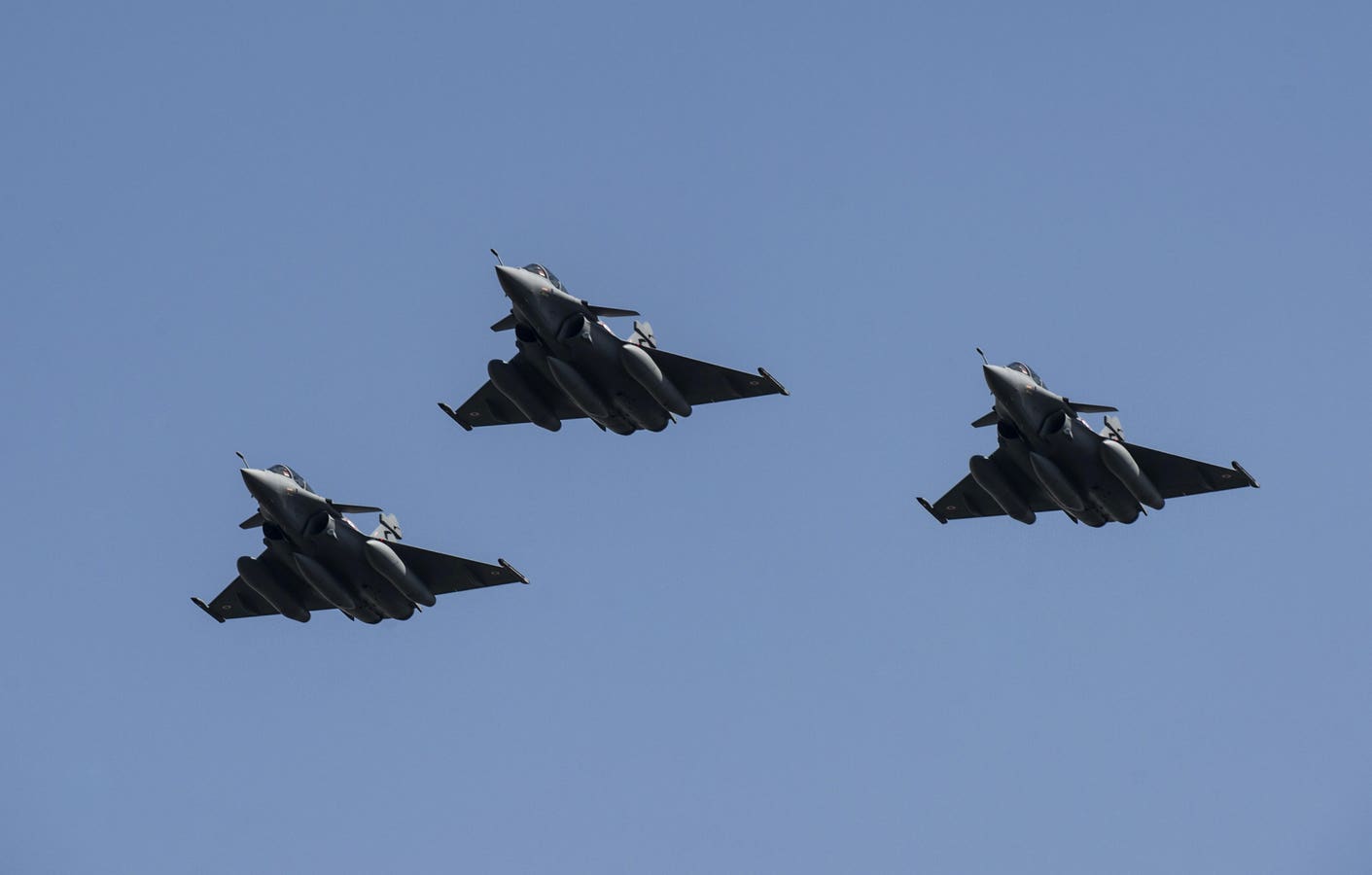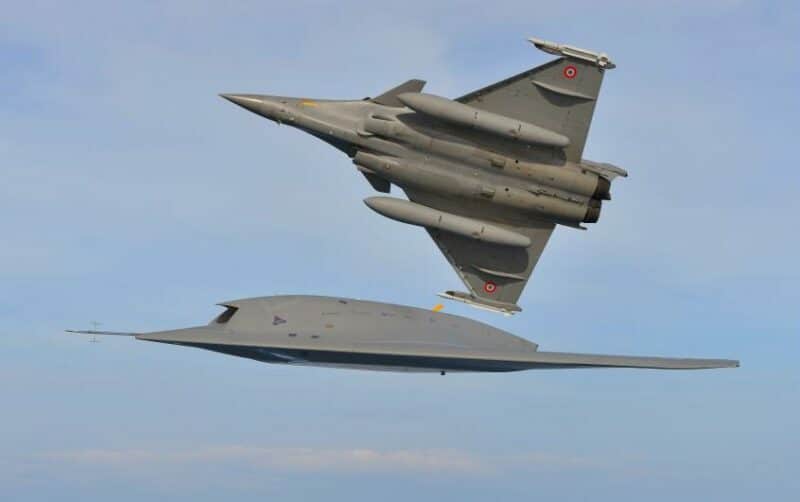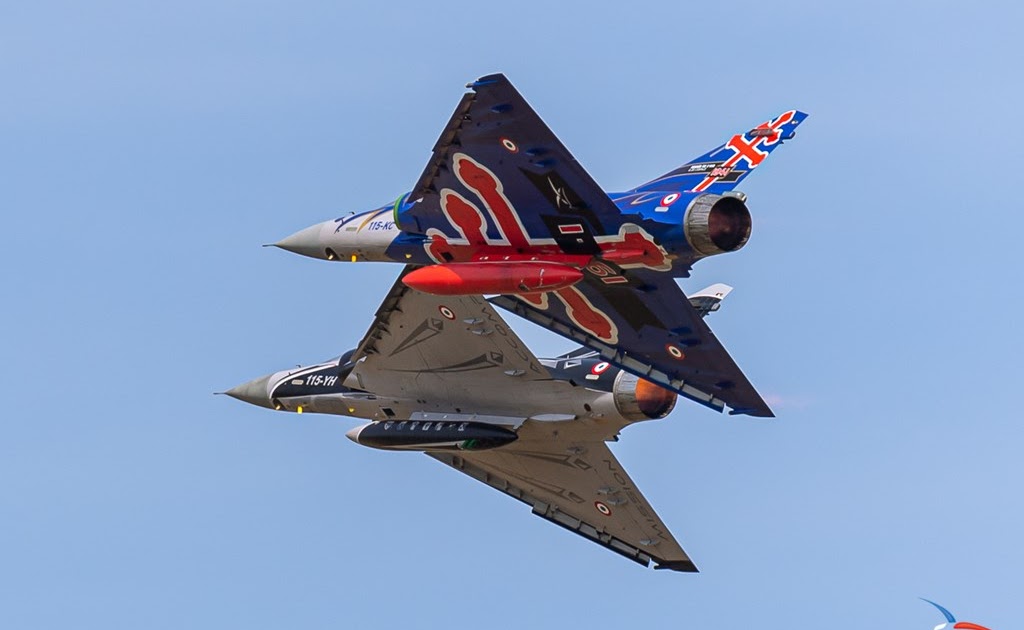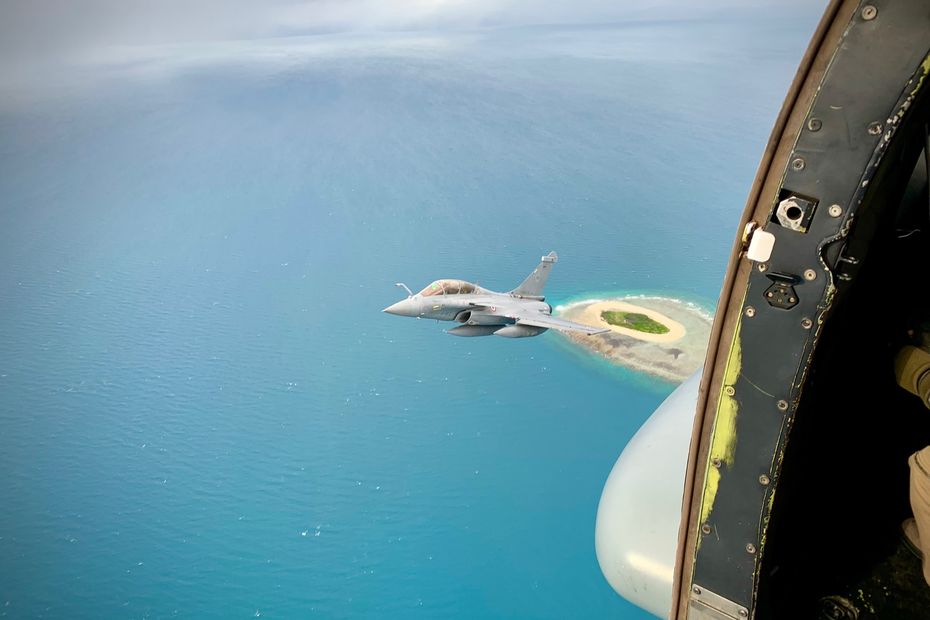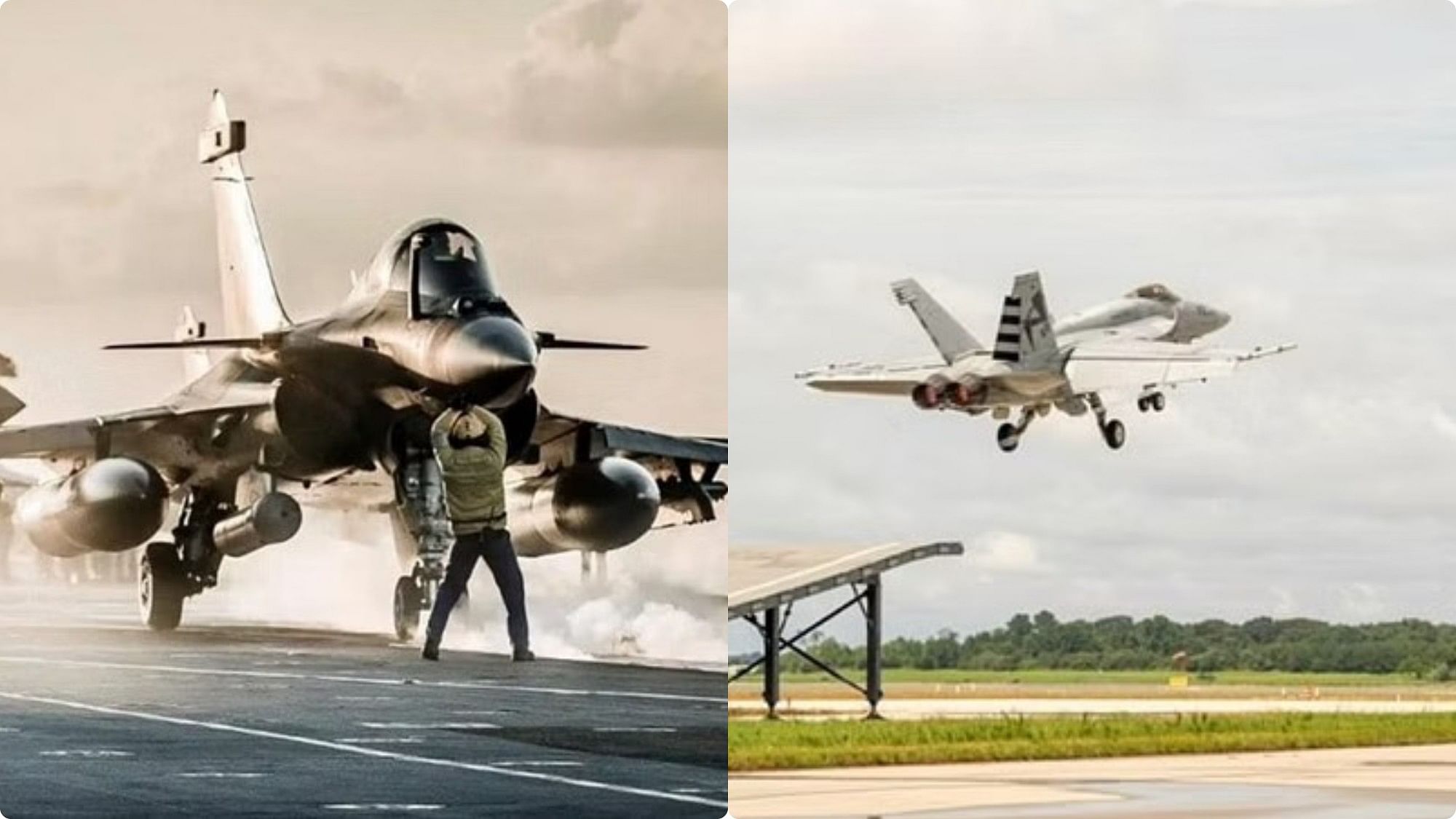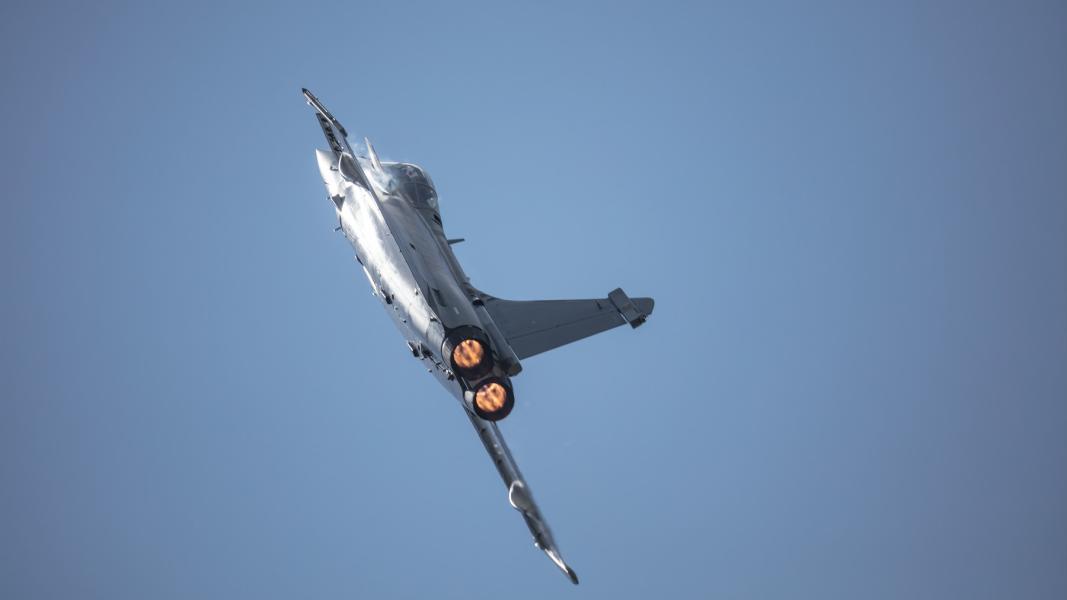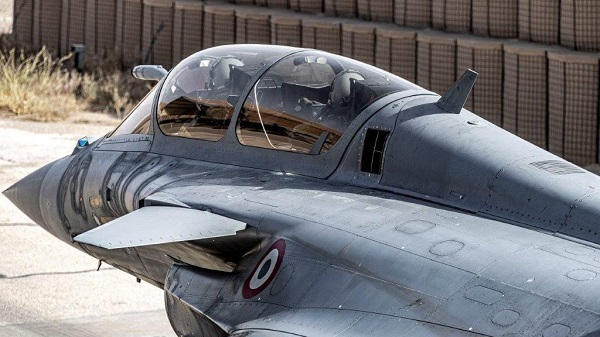Frankly, for the Nuclear mission, I would go in the same period of time with hypersonic. What have Russia and China in defensive counter Hypersonic that is solid enough for the next decade? ... Not much. Use geometry and surprise an it should be enough for the way french deterrence is articulated. From Paris to Moscow at Mach 5, it takes only 30 minutes, including half above denied territory...I think the strategic nuclear mission is the one where you want stealth the most. The known concepts at least look like they could carry one large missile in a centerline weapon bay.
Benefits? Defense budget agility: France can do hypersonic probably faster than it can do battle relevant stealth (and this is not a compliment).
@Hood : you are certainly right, but a more modest expectation around a french KFX scenario (Mirage 2000 also) sounds more sustainable in front of the foreseen geopolitical scenario.
Plan B is not a substitute for SCAF, as I understand it, but a return to reality that is that most of the partners (including the said so Best Athlete) have none Stealth experience relevant for 2050.
Regarding how relevant is that article, I think it is inspired by the present state of discussions in France.
Last edited:

